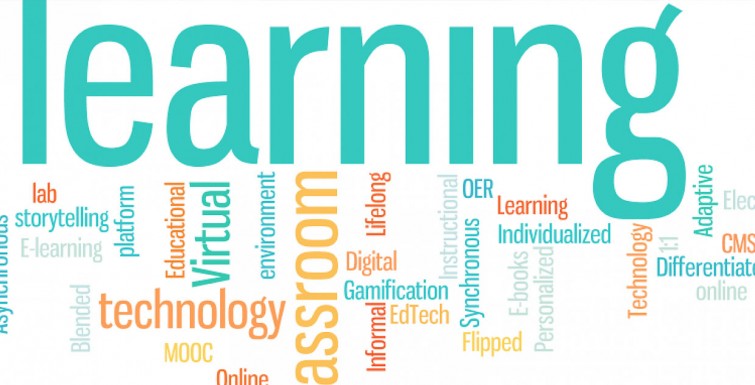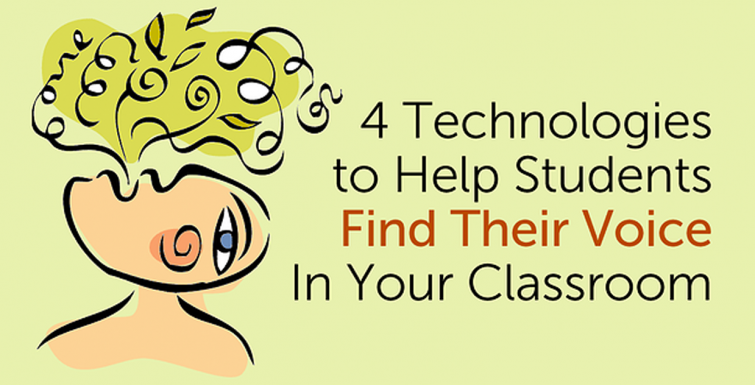As we’re well into the 21st century, we have witnessed an unprecedented upheaval in the nature of learning and communicating. Current and upcoming instances of technology in the classroom have laid the groundwork for innovative new ways to interact with students while allowing them to create products all their own amongst a global network of peers. If you’re serious about exploiting these never-before-seen opportunities, then try out some of the following 21st-century technology in the classroom tricks.
Technology in the Classroom: Use a Twitter Hashtag
More teens have steadily flocked to Twitter, and they consider it an increasingly important social media tool. Teachers, too, have been leveraging Twitter to enhance their professional development. Since this platform is so universally accepted, you might consider utilizing Twitter within your own classroom to connect with students. An easy way to start is to create a unique hashtag just for your class, like #CatapanoEnglish or #MrsGrowlinTeaches. You can use Twitter to post updates or reminders, provide links to helpful supplements for assignments, and even provide test hints or homework answers. No matter how you use Twitter, it is a great way to interact with students in and out of the classroom without much direct attention or pressure on them.
Create an Infographic
You can bring student comprehension to a whole new level by introducing the infographic as an integral part of your instruction—especially for lessons that warrant some extra explanation. They say “A picture is worth a thousand words,” and this is especially true for sharp, lucid infographics. By nature, these visuals display complex information and processes within an easily digestible format. Websites like piktochart.com are helpful—they have an impressive series of templates that you can customize to suit your needs. Post infographics around your room, your school, your website, your blog, your Twitter, or any other locations where students will see them!
If you’ve got some talented graphic artists in the classroom, you can easily turn infographics into a collaborative classroom activity. First, let your class get into groups and talk about how they’d present the information graphically. Once everything has been decided, let your artists work their Photoshop magic! Later in the week, have your groups present their work to the class—it’ll showcase how student groupings think differently while providing a unique shareable for parents and fellow teachers.
App Smash
If you’re unfamiliar with the terminology, an app smash is largely like what it sounds: You’re using multiple apps together to create one product. While you might adeptly app smash already, try to intentionally integrate the practice into certain activities or projects. For example, you might require students to make a video that combines Hyperlapse with iMovie, an original soundtrack from Garageband, and a series of slides from Explain Everything. The more proficient students can become in flowing between apps to create their desired product, the better they will be in communicating, innovating, and manipulating information they receive beyond their school years.
Go Paperless (As Much As You Can)
It’s almost time to relegate the copy machine to the basement equipment archives— waiting in line to Xerox forms or handing out a set of textbooks to your class are almost ancient practices. While there are still virtues of tangible paper copies, there are increasingly greater virtues—namely permanent digital copies, environmental friendliness, and saved time—in transitioning to a paperless classroom. If you and your students have regular access to a Learning Management System (LMS) like Google Classroom or Schoology, you can easily supply your students with the information, texts, assignments, supplements, and materials they require on a normal basis. With the use of apps like Notability and Google Drive, students can even complete their work digitally and turn it in without needing a printer. Unless they also have a digital dog, you’ll hear far less about how their home companions ate their homework. Start slow with your transition, and see how much paper you won’t need to use by the end of the year!
Make Your Own Textbook
The rules of the textbook are being rewritten, and those bulky, back-breaking bundles will soon give way to digital, editable, fully interactive texts. Textbooks of yesteryear were written by experts who curated and cut content based on an esoteric set of values—not necessarily the ones relevant for your classroom. Technology gives more power to us teachers and students to create pertinent and up-to-date materials filled with their expertise. You can create a simple Livebinder to organize a rich set of ideas, or even use an easy app like Book Creator that allows you to input words, photos, videos, and links to create your own shareable textbook.
Introduce Augmented Reality into your Classroom
Google Glass personifies the beginning of the augmented reality revolution. Just like we’re able to manipulate objects on a tablet’s screen, augmented reality is the gateway to manipulating the real world in such a way as well. An app like Aurasma allows for you to create “triggers” in the real world that, when viewed through the app, initiate a specific response. Augmented reality allows you to transform students’ surroundings into an interactive, informative environment designed to stimulate and teach. Think of it as a digital makeover—morphing an otherwise pedestrian learning bubble into a space of exploration, discovery, and fun.
All of these techniques may be a bit intimidating I know, but try not to think of it in terms of teaching an old dog a few new tricks—we’re all learning new ways to hone our craft. Although many veteran teachers consider themselves to be “digital immigrants” amongst younger “digital natives,” the young minds in front of us are all the same age and we should work together to transition smoothly into this new age of tech-supplemented instruction. Take on at least one of these 21st century challenges this year and see how it changes your classroom!




